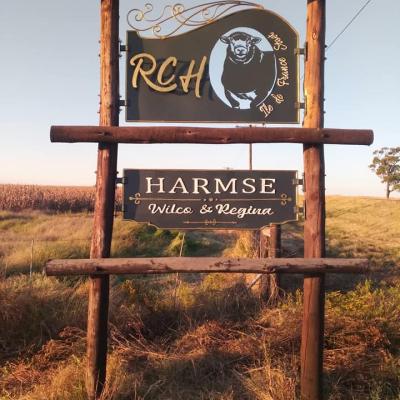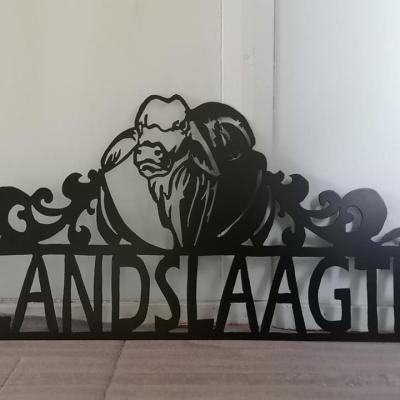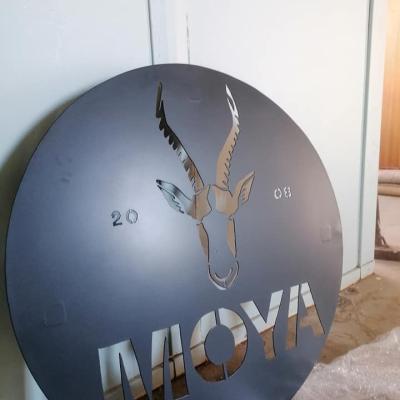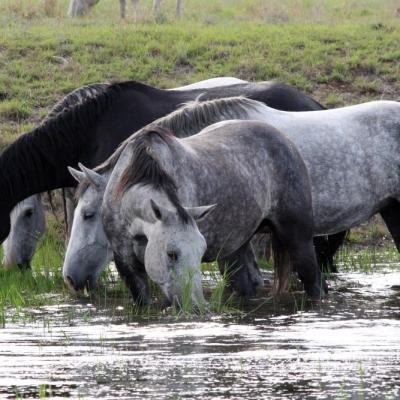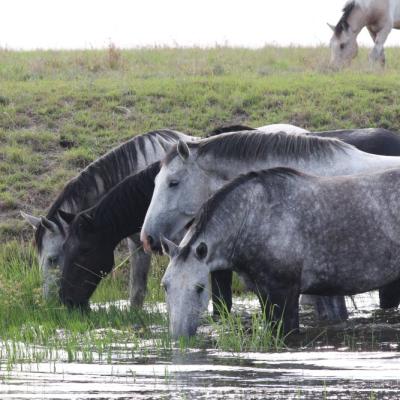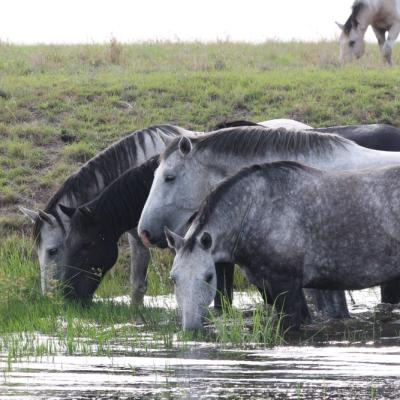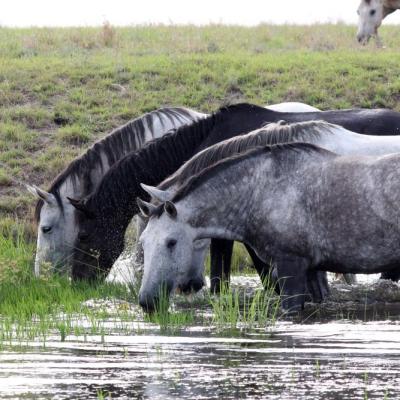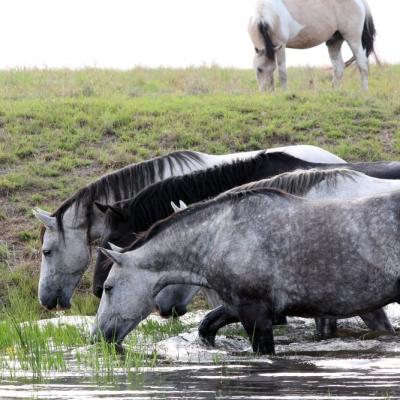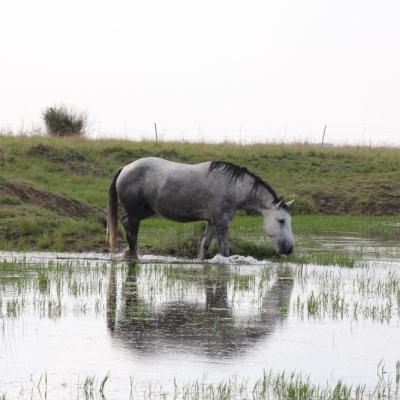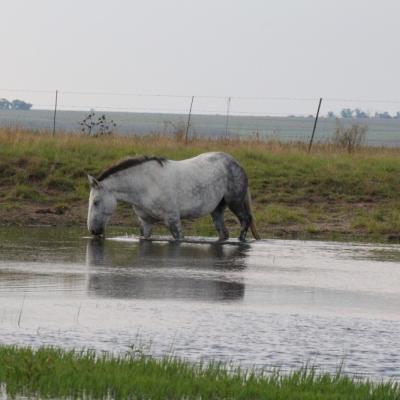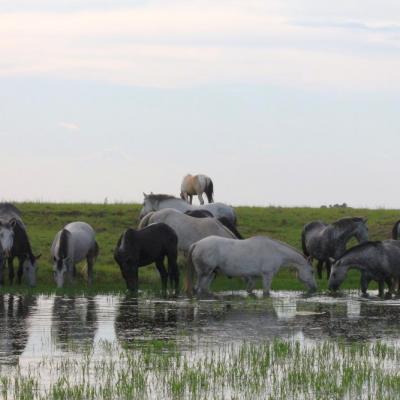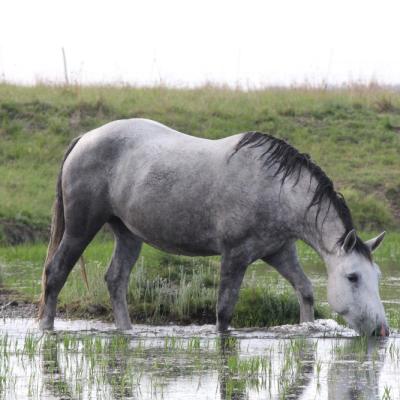THE EARLY HISTORY OF THE PERCHERON IN SOUTH AFRICA
Percherons were imported to South Africa during the latter part of the 19th century and their numbers gradually increased by subsequent imports as well as local breeding.
Percherons have a long and interesting history in South Africa. Through the years the horses imported from Great Britain had a strong influence on the breed in South Africa. South Africa breeders imported from well-known studs such as Chivers & Sons, Histon near Cambridge, Scotts Hall, Canewdon and others. Befittingly enough the first Percheron stallions HAMMER and JONES entered into the stud book volume issued during 1911 and 1912 by the SA Stud Book Association were imported from France in 1908 and even more so the stallion HAMMER was owned by J H de Wet of the farm Cheval in the Boshof district (the French translation for horse happens to be “cheval”).
Four stallions and the first four mares were recorded in the SA Stud Book's Volume 8 in 1913. All these horses were from French origin. Two of these stallions belonged to the Government's stud farm at Standerton in the present Mpumalanga Province, one to the Potchefstroom Experimental Farm (North West Province) and the forth stallion JOLIET together with three imported mares belonged to the Agricultural College of Elsenburg near Stellenbosch (Western Cape Province). In 1917 Elsenburg registered two foals sired by JOLIET, but the accent of Percheron breeding then moved to the Agricultural College of Grootfontein near Middelburg in the Eastern Cape. Percheron studs were also established at Glen Agricultural College near Bloemfontein (Free State Province) and at Cedara near Pietermaritzburg. (KwaZulu-Natal)
Some time lapsed before private breeders significantly took part in the recording and registration of Percherons. During the 1930's the Elsenburg Stud no longer registered Percherons, but fortunately for the breed, resumed their Percheron breeding in 1941. Today they are the largest suppliers of breeding stock.
During 1934 the Grootfontein Agricultural College registered eight stallions and six mares. They also imported the French stallions LAKANAL and OFFENBACH. In 1938 a Mr J J (Boeta) Theunissen imported MARCH ECHO from Great Britain.
In 1941 Elsenburg was again active when a stallion and ten mares were transferred to them from the Grootfontein Stud. The mare GROOTFONTEIN LUNA (Latin by Lutation both imported from France) had an exceptional influence on the evolution of the Elsenburg Stud through her daughter ELSENBURG LUDI. Her sire was GROOTFONTEIN BAYARD, son of the French stallion, LAKANAL and grandson of PRESCIENT. During 1955 the stallion HISTON HALLMARK was used as the stud stallion. Already twelve years old, he was known as the South African champion of long standing.
Later this honour was bestowed onto his son HISTON LANDMARK. Although he was small for a Percheron, he was a strongly built, well balanced stallion with exceptional qualities. He bred a group of uniform brood mares which, according to Percheron standards, were not quite the desired size. Because of in-breeding on the Histon bloodlines it was necessary to import new blood. In 1965 the stallion REGULATEUR was imported by the Department of Agriculture for Elsenburg. REGULATEUR was a big, strong and well built stallion who produced progeny from the smaller Histon Hallmark mares of the desired size and quality. During October 1981 the young stallion MIRACLE'S NORTHRIDGE DOC was imported from the USA. No progeny was registered.
Through mediation of Dr Frans van der Merwe (former Director of the National Department of Agriculture), Percheron semen of the stallions JONGLEUR and PISTON was donated to Elsenburg by the French Government. One stallion JONGLEUR MONSIER, has to date been begotten from JONGLEUR. Progeny from JONLEUR MONSIER have already been offered for sale.
























